Articles
Transportation

Master Bill of Lading: What It Is, Key Features, and Issuing Process
In navigating the complexities of global shipping and logistics, the Master Bill of Lading emerges as a cornerstone document, orchestrating the seamless movement of goods across oceans.
Read More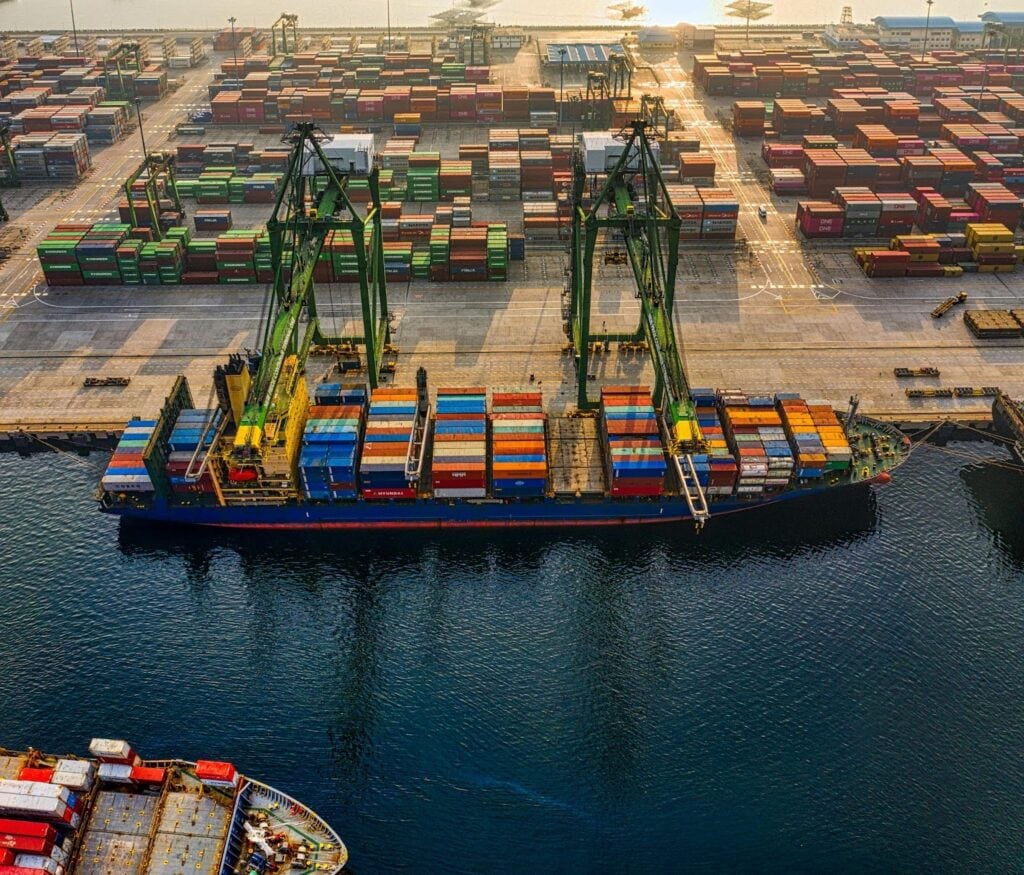
Surrender Bill of Lading Explained: Benefits, Applications, and Role in Shipping
Understanding the complexities of global shipping demands a thorough understanding of documents like the surrender bill of lading. This guide explains its role in transferring legal ownership, streamlining the shipping process, and minimizing legal problems.
Read More
Stale Bill of Lading: Definition, Importance, and Benefits
A bill of lading plays a pivotal role in logistics and shipping. This legal document, which serves as a receipt for the shipment of goods, outlines the terms under which cargo is transported. It covers various types, from straight bills to negotiable ones, each with specific functions and purposes. Central to ensuring a smooth transaction, […]
Read More
What is Wholesaling? Definition, Components, and Challenges and Solutions
Wholesaling is a critical aspect of commercial shipping. But what is wholesaling? It acts as the intermediary link between manufacturers and retailers in the supply chain. Efficient wholesale shipping ensures smooth logistics operations and timely delivery to the end consumer. In this guide, we will clarify the definition, components, challenges, and solutions of wholesale shipping […]
Read More
Alaska: Terrain for the Tenacious
The logistics challenges of Alaska are met—and overcome—by enterprising and innovative logistics professionals who make it their mission to serve the people of the Frontier State.
Read More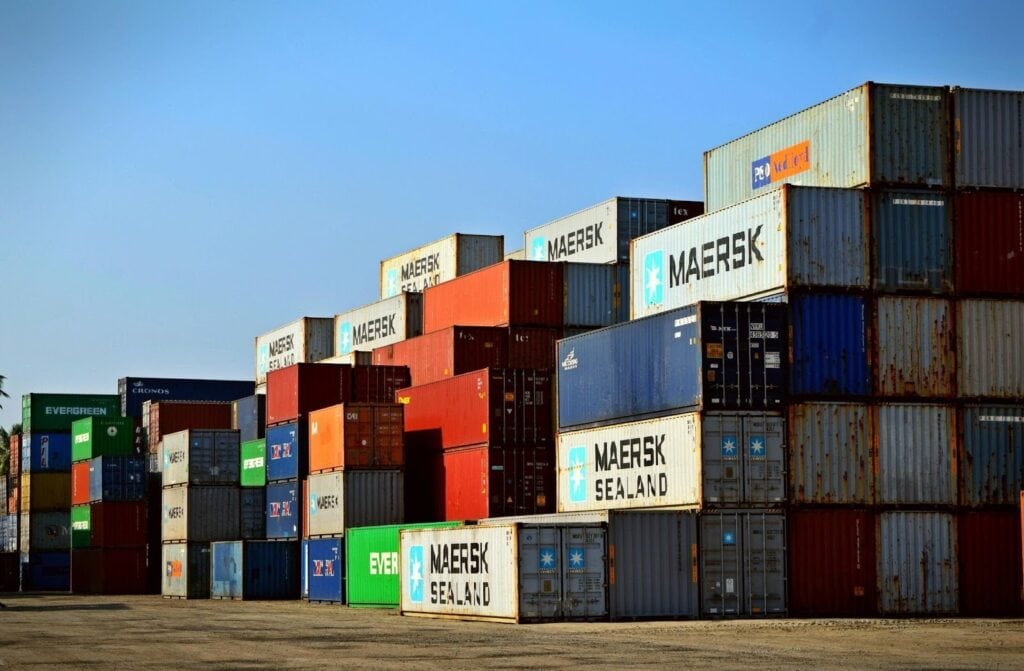
House Bill of Lading vs Master Bill of Lading: Their Key Differences
Bills of lading play a critical role in the shipping and logistics industry. They serve as a legal contract that acknowledges the receipt of goods and outlines the terms of shipment. They are evidence of the contract of carriage between the actual shipper, carrier, and recipient. So, they facilitate smooth transactions and ensure accountability throughout […]
Read More
Claused Bill of Lading: Definition, Key Characteristics, and Process
This articles explores everything related to the Claused Bill of Lading and its unique role in the shipping industry, uncovering its implications for shippers and carriers.
Read More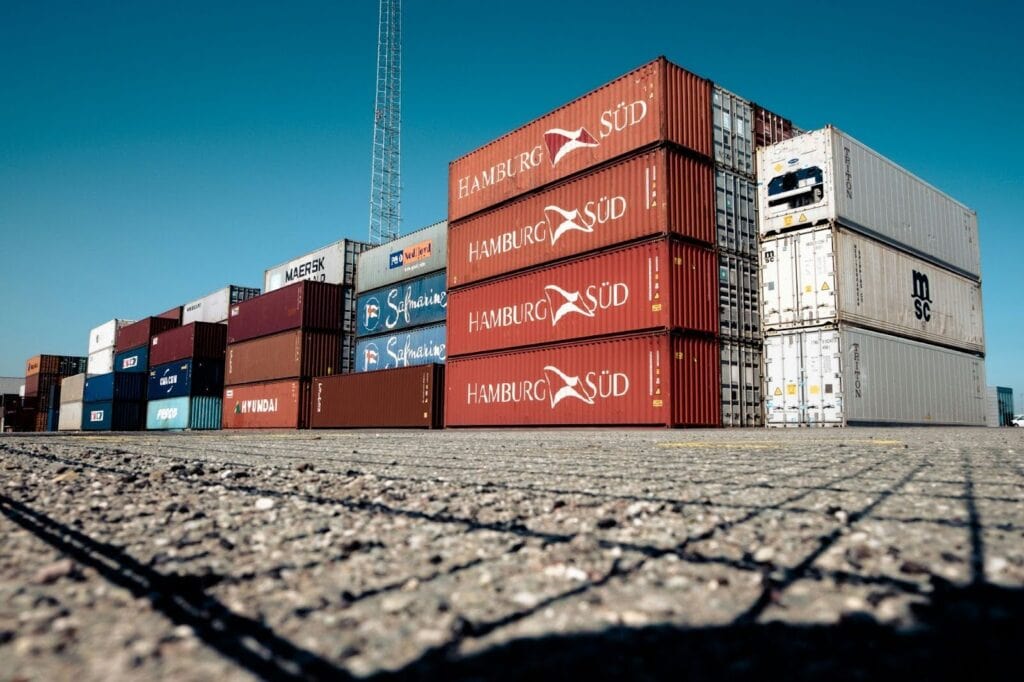
Cross Docking vs Drop Shipping: Their Key Differences
In the fast-paced world of business logistics, shipping methods play a key role. Cross docking vs drop shipping–it may be difficult to choose but this logistics guide will help you understand the differences and make the right decision. These two approaches can facilitate your supply chain management as a business owner. This guide delves into […]
Read More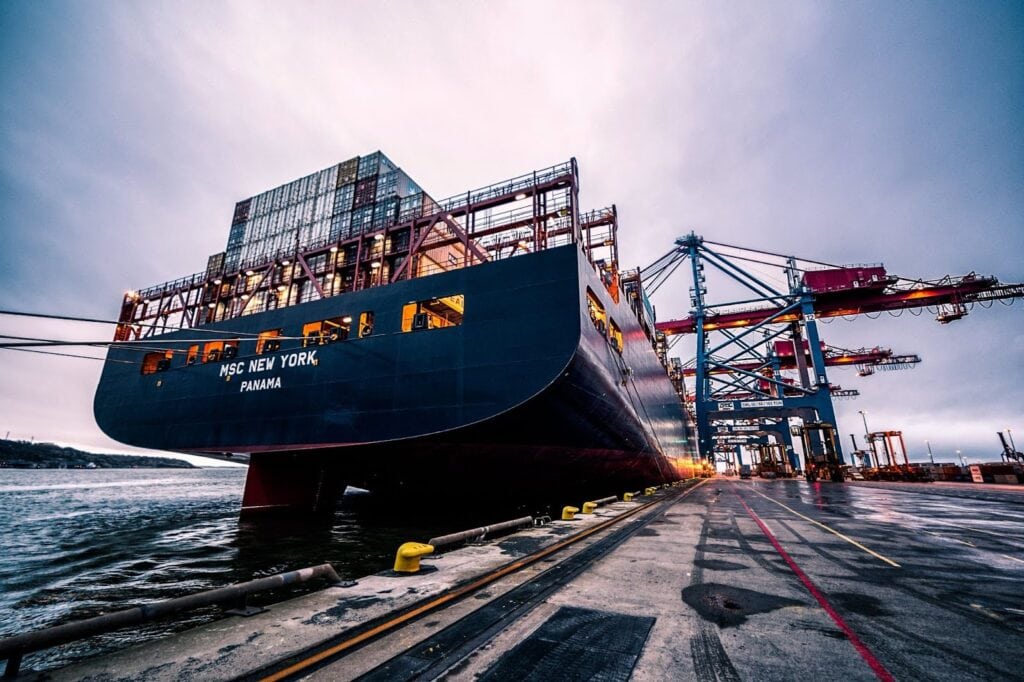
Bill of Lading (BOL): Definition, Example, and Importance
The Bill of Lading (BOL), derived from the old English word hladan, is a vital document in the logistics and transportation sector, serving as a legally binding contract of carriage and a detailed record of goods in transit. It is governed by strict regulations, including the Pomerene Act, ensuring legal compliance and providing a comprehensive […]
Read More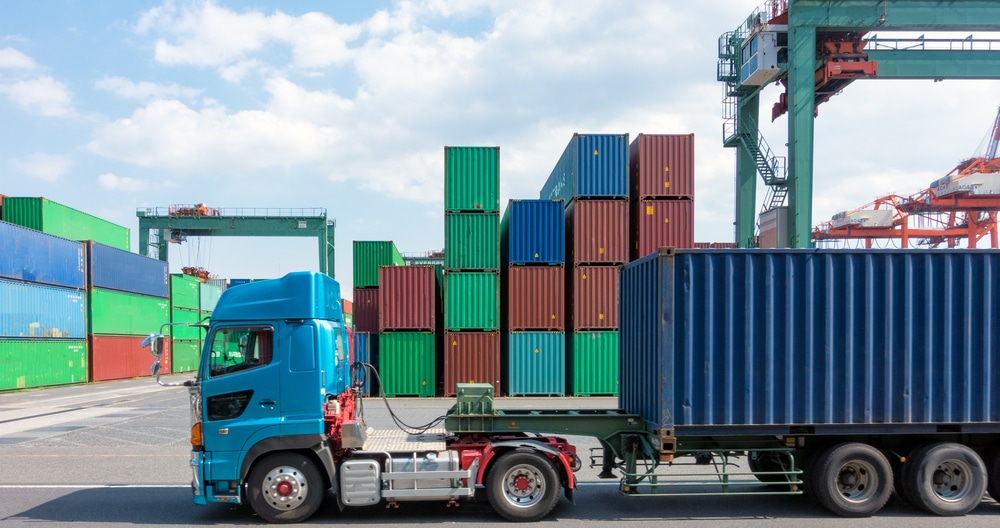
Drayage vs Cartage: Key Differences
Commercial shipping relies heavily on two essential methods for moving freight: drayage and cartage services. Each plays a distinct role in guiding goods to their final destination, from a port to a nearby facility or across short distances within a city. Though they serve similar purposes, the differences between drayage vs cartage are significant, and […]
Read More